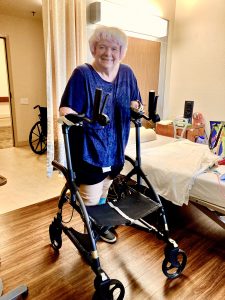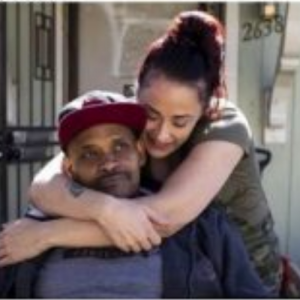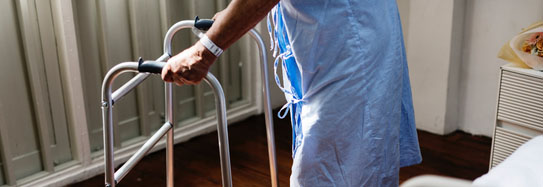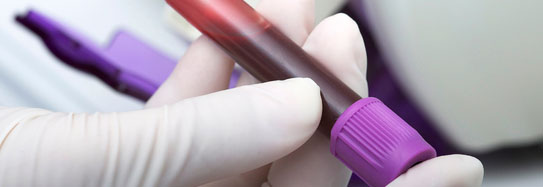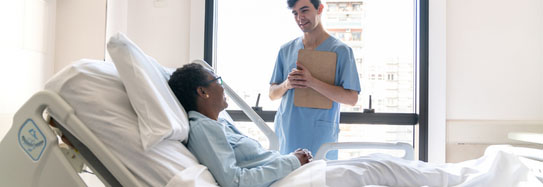Amputations can be the result of sepsis. Alternately, if you have an amputation, you could develop a pressure injury from a prosthetic or adaptive/assistive device and this could result in an infection that could cause sepsis.
Blood clots are a frequent cause for amputations. Your blood has many roles, one of which is to carry oxygen and nutrients to the organs and tissues throughout your body, from your brain to your smallest toe. After it provides the nutrients, the blood then collects the waste products and flows back to the heart and lungs for refreshing.
Usually, blood moves through your blood vessels (arteries, veins, capillaries) in a very fluid form, driven by your pumping heart, only clotting when the body senses it is necessary. Once in a while, the system does cause problems, and clots may develop somewhere in the body where there shouldn’t be one. When a clot forms in a blood vessel, blood can back up behind if there is a complete blockage, or can be slowed down significantly if there is still room for some blood to pass. Some common examples of health problems caused by blood clots are deep vein thrombosis (DVT) and some types of strokes.
When someone has sepsis, the clotting mechanism works overtime. As nutrients cannot get to the tissues in the fingers, hands, arms, toes, feet, and legs, the tissues begin to die and can cause gangrene. At first, the skin may look mottled, bluish purple, and then black. This dead tissue must be removed because it can cause infection to spread. If the gangrenous area is small enough, a surgeon may be able to remove just enough to stop the spread. However, if the damage is extensive, an amputation may be needed.
Sepsis, which was often called blood poisoning, is the body’s life-threatening response to infection. Like strokes or heart attacks, sepsis is a medical emergency that requires rapid diagnosis and treatment.
Suggested Citation:
Sepsis Alliance. Sepsis and Amputations. 2023. https://www.sepsis.org/sepsisand/amputations/
Updated November 13, 2023.




